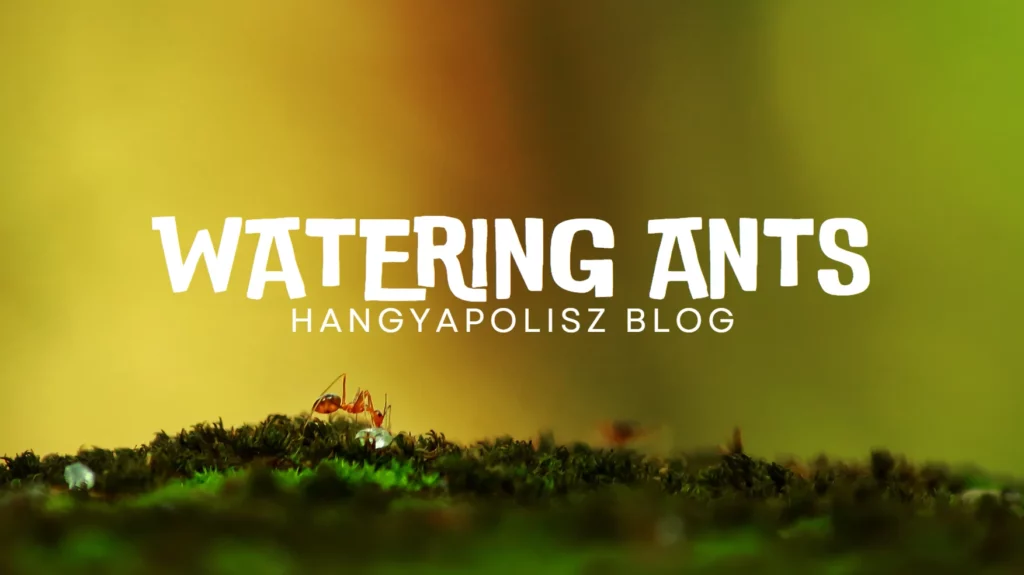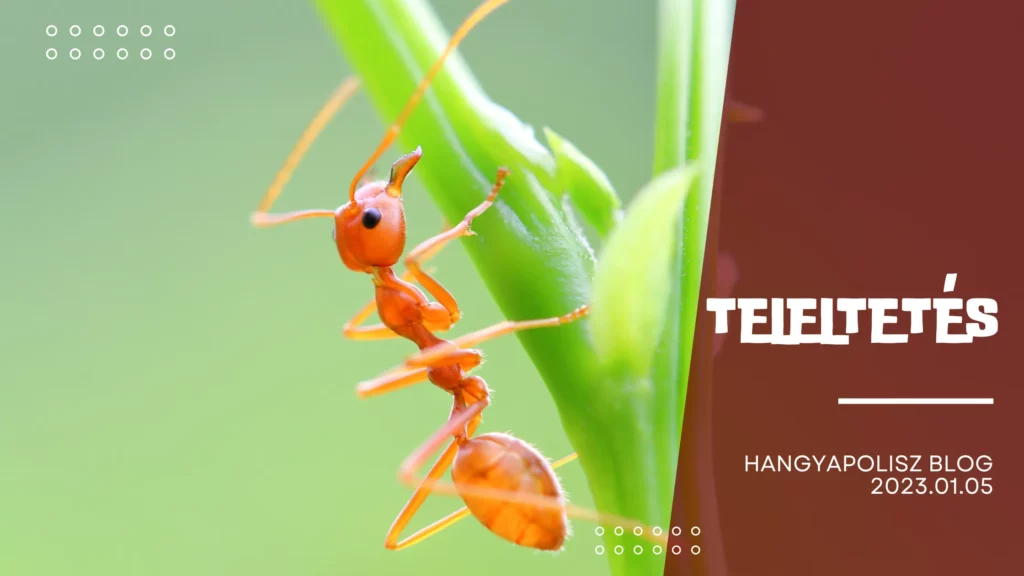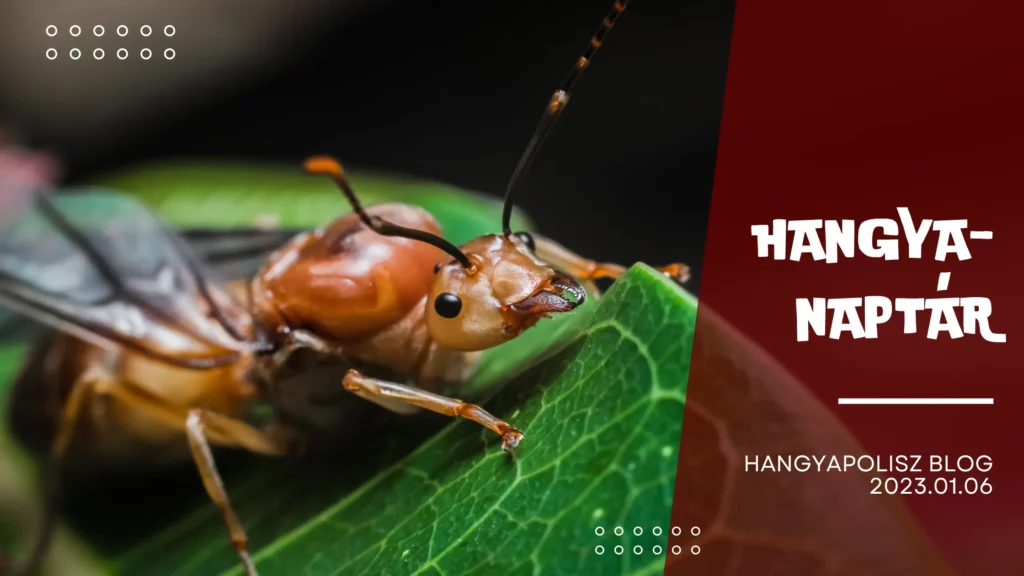How to water ants?
About the liquid supply of ants

Unsurprisingly, like all living creatures, ants need to replenish their water and fluids. In nature, they have many ways to do this: for example, soil moisture, precipitation, plant sap. But what about in an artificial environment? How can their water needs be met? How to water ants?
For a start-up colony
The easiest and perhaps the least to do is for start-up colonies. The queen should be raised in a test tube at first. The test tube is approx. fill it halfway with clean water and seal it with a cotton ball. The nest will initially be the home of the queen. The cotton ball plays a special role in this case: it prevents the queen from coming into direct contact with large amounts of water (which she could drown in) and allows just enough water to pass through to cover her needs. In addition, adequate humidity is ensured. So initially there is nothing else to do with the watering as long as the test tube contains water and is not too dirty.
Ant Drinks
Using an Ant Drinker can be a great choice for an already developed, large colony where a separate runway area is available to house the physical product. Depending on the colony size, even a single filling can last several weeks without mould growth. It is recommended to buy not one, but several Ant Drinkers, so that when the one you are using runs out, you can remove it in one go and put the other one in its place. This means that the Drinking Trough can be cleaned afterwards, without limiting the supply of liquid during this time.
For small species
Very small species (especially their workers) require special attention in several respects. Not only is it a difficult task to set up their artificial habitat, but also when watering, unfortunately, none of the Ant Drinkers (mini 1.5 ml / 4ml, 10ml, Honey dispenser) are recommended. Ant Drinker is a physical product, so there are minimum values for its production parameters. If manufactured below these values, the product would become unusable, unsuitable for liquid dosing. Consequently, through the tiny openings in the product, where access to the liquid is ensured, some of these tiny species may, wittingly or unwittingly, pass through and enter a “vast ocean”. And most ants cannot swim and breathe underwater, so they can drown easily. For them, the use of anti-leakage nets in the Drinkers is recommended (the cut-to-size anti-leakage net can be placed in the Drinker before screwing in the filled Fiola), the use of a test-tube watering or a sponge wetting Drinker. Water Jelly can also be a great alternative for them.
Water jelly
Using ANTCUBE Water Gel can make watering much easier. No need for tumbling when changing / refilling the tank, no risk of drowning. It can be precisely dosed and contains no harmful substances. The consistency of the Water Jelly is similar to Ant Jelly or Fruit Jelly, it can be thrown into the runway and eaten by the ants.
Frequently Asked Questions
We have put together the most important questions and answers that are commonly asked on this topic.
It is advisable not to fill it completely full, so that a small bubble forms in the fiola after inversion.
First of all, it is worth checking the density of the honey. too dilute or diluted honey / honey solution may spill out of the honey dispenser openings, therefore, only thick, undiluted honey is recommended. So it cannot flow out, but the ants can feed on it through the openings.
The Mini Ant Drinking Trough is well designed so that it does not leak liquid on its own, minimising the risk of drowning around the Drinking Trough. The ants can access the liquid directly through openings.
This happens most often in the very first application, when you are new to the colony. First of all, patience is important, don’t jump to conclusions after a few hours / days. The speed of discovery depends very much on the species. This process can be accelerated by adding sugar water at the first application.
💡 Check back regularly for more tips and follow us on TikTok for video content.



